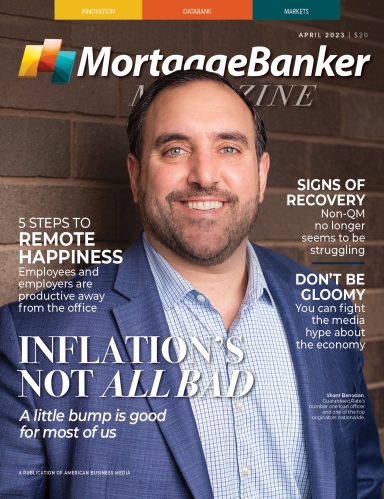Stevens also reminded that the new guidelines impose a 40% debt-to-income (DTI) ratio cap. “If your DTI goes above 40% – which is low even compared to the CFPB – it means all of your debts and your mortgage payments can’t exceed 40% of your gross monthly income,” he said. “It’s going to take a lot of those borrowers who [the FHFA] is trying to help and push them out because lower-income borrowers tend to have high DTI.”
What’s the Solution?
Both Cahoone and Stevens said that the FHFA should focus on promoting affordable housing over the LLPA changes. “I think that right now, [FHFA director] Sandra Thompson is trying to make the GSEs more aggressive,” Stevens said. “No matter what you do to improve pricing for first-time buyers, juicing the price may not solve the problem. [This may be] an altruistic motive to increase the GSEs’ performance.”
Cahoone said that although he believes the FHFA’s true intention is to fight inflation at the core, the LLPA adjustments could price out more buyers. “When you raise the rates so much like [the Fed] did, 3, almost 4%, you cut out about 7% of the homebuying population every quarter-percent the rate is raised for a given house,” he said. “If you raise rates by 3% that’s that 7% number 12 times over.”
Stevens suggests that the FHFA should consider charging a basis point – basis point and a half – to apply to all scores regardless of income. “They can use that money that they create to have a fund to subsidize first-time buyers in the lower census tracts,” he explained. Stevens also added that other government agencies like the FHA have DTIs of 50%. “And most credit analysts will tell you that DTI isn’t a great reflection of performance because a lot of people have side jobs, cash jobs, a roommate, or parents living with them.”
Fannie Mae, on the other hand, suggests that their practices are well adept to solve the housing crisis and aid lower-income borrowers. The same company spokesperson wrote, “In coordination with FHFA, Fannie Mae will continue to review national pricing levels to ensure safety and soundness, support our affordable housing mission, and consistently provide liquidity to the mortgage market.”
Next Steps
On a larger scale, Cahoone and Stevens alluded to inflation needing to be controlled in order for successful – and affordable – homebuying. “Right now, we’re in an endless cycle of mediocrity,” Cahoone said. “The fact of the matter is that wages need to catch up and then, affordable homebuying could become realistic.”
The FHFA declined to directly comment on the new LLPA standards; however, a company spokesperson said that the organization is dedicated to making sure the homebuying playing field is even and accessible for all borrowers. The spokesperson also reiterated that the goal of the new LLPA standards is not only to adjust to last year’s rapid interest rate environment but to also maintain market stability. “I’m worried that the FHFA tinkering with how the GSEs do business [will] risk all sorts of negative outcomes in housing,” Stevens said. “There’s a lot of work to be done, but this unfortunate approach isn’t going to get us anywhere. It’s another way the FHFA is setting a precedent on tinkering with housing finance for the country.”












